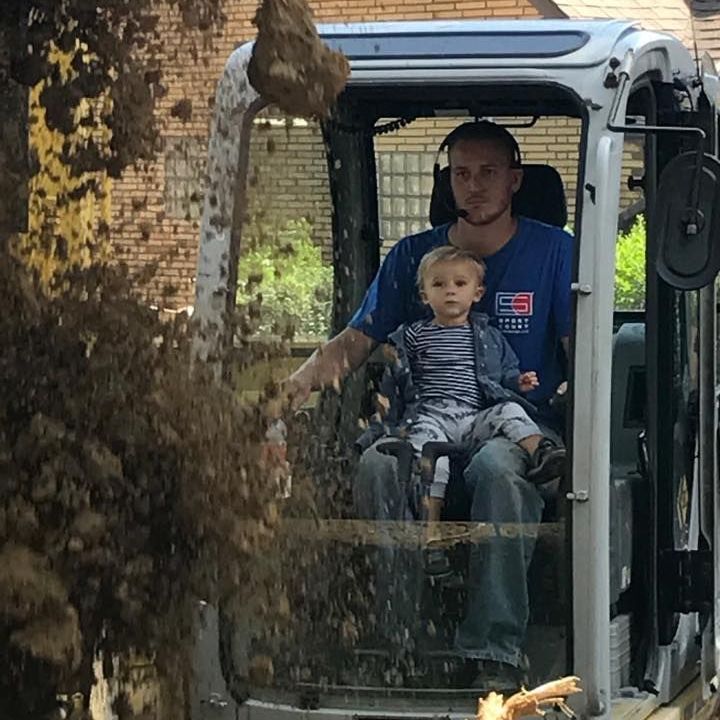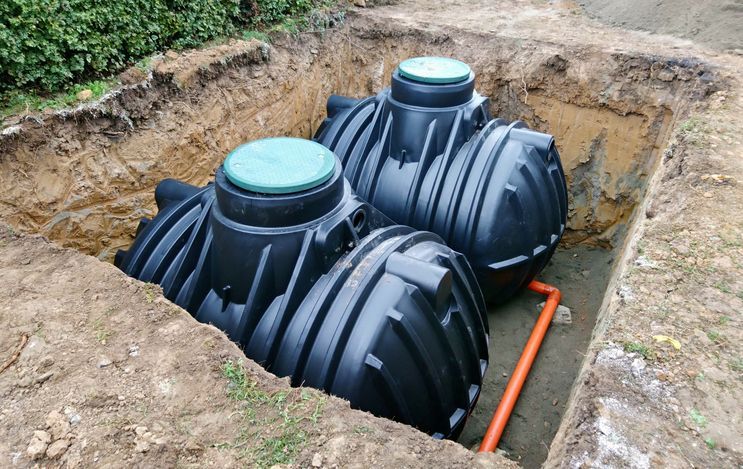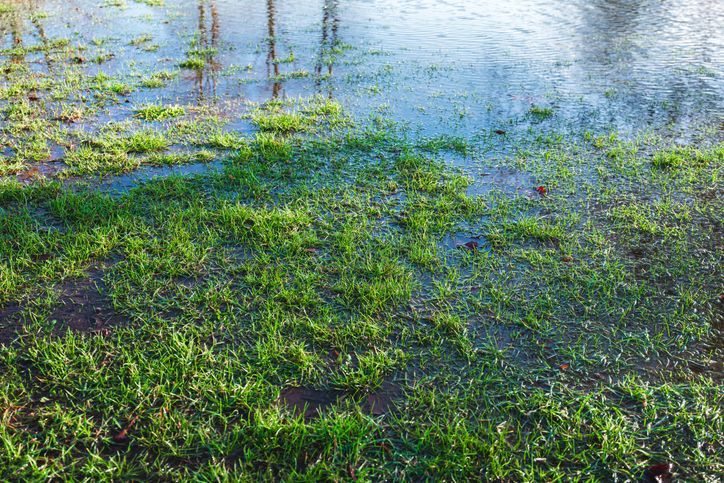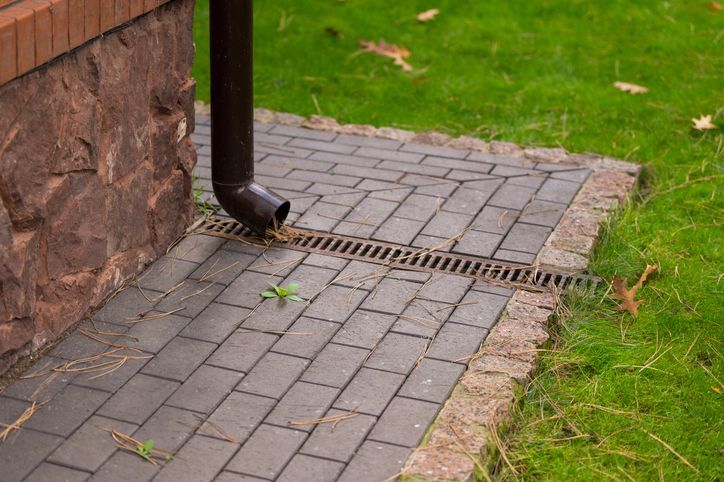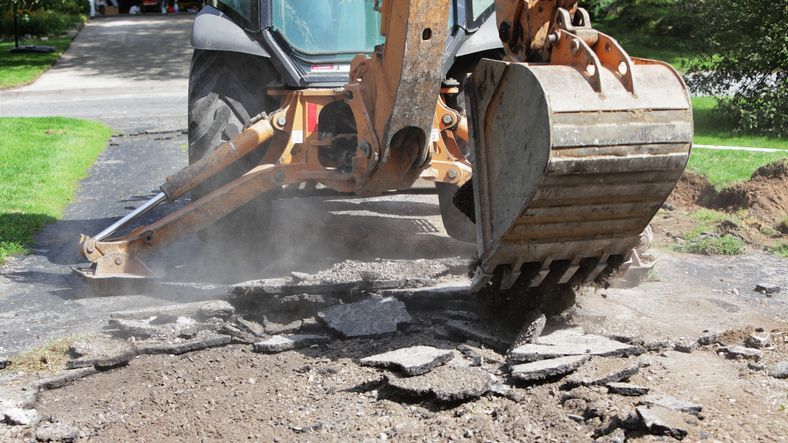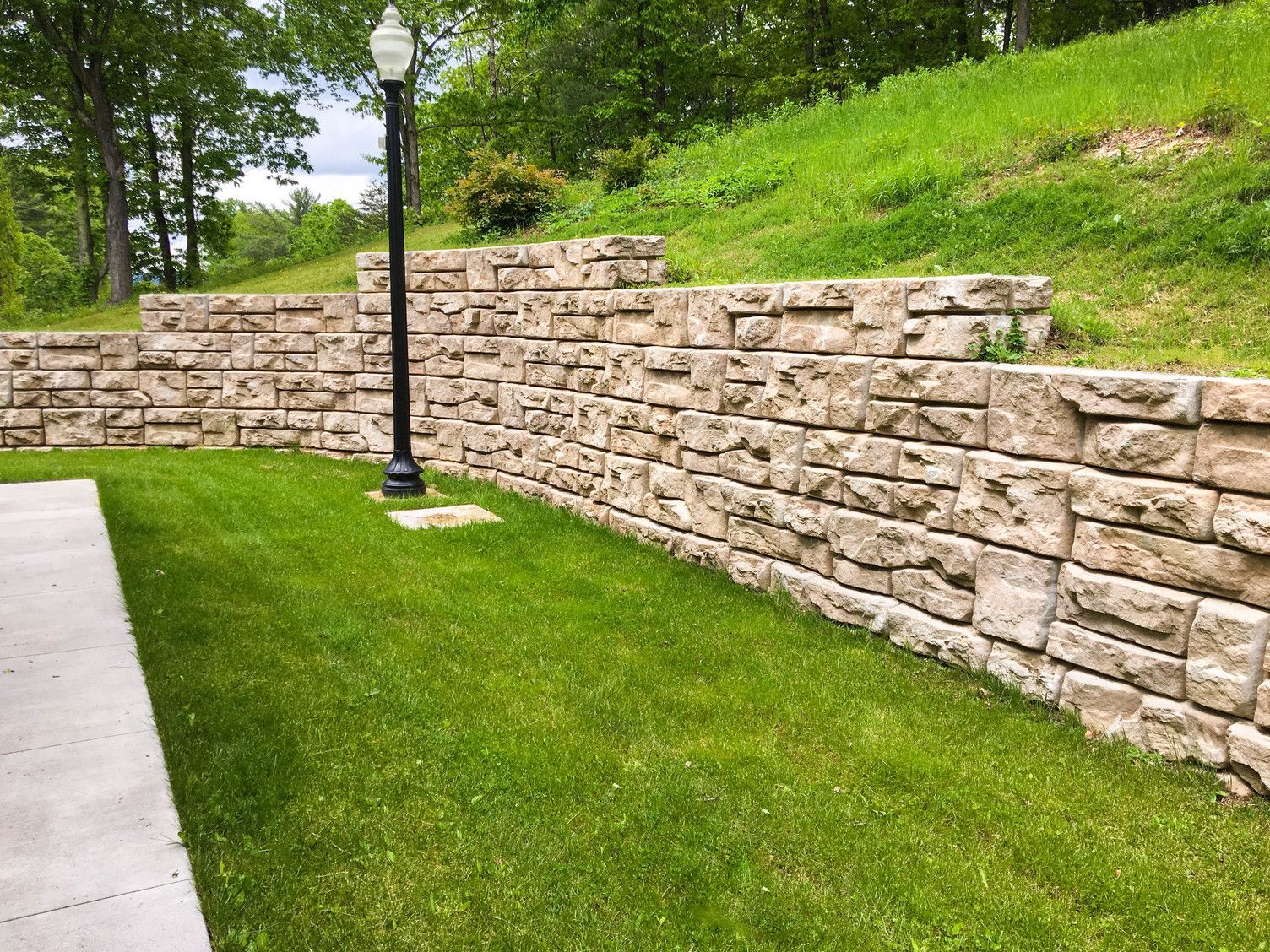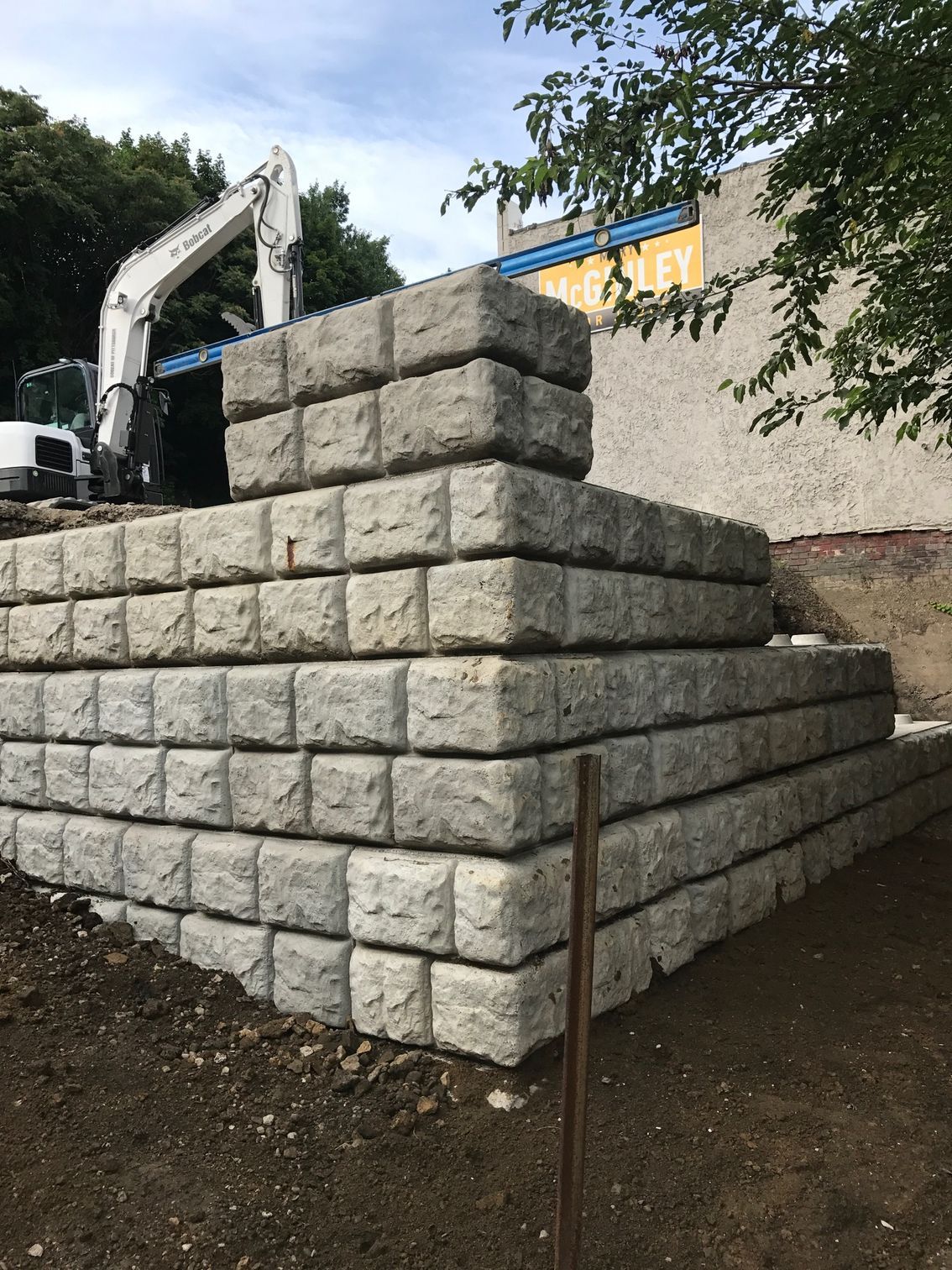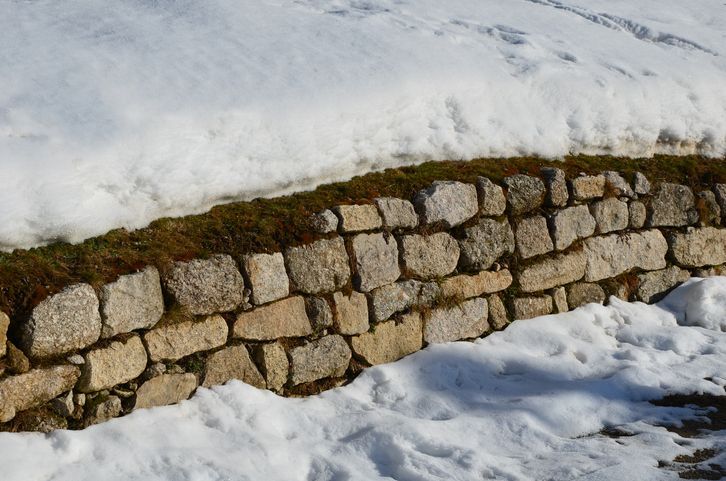July 9, 2025
Managing stormwater effectively is crucial for maintaining a property that is safe, stable, and compliant with local environmental regulations. Whether you're a homeowner experiencing pooling water in your backyard or a developer planning large-scale drainage infrastructure, water retention systems offer the perfect solution. But before the system can do its job, there's one crucial phase that determines its success: excavation. This blog explores how professional excavation services in South Hills play a vital role in designing and installing effective water retention systems. We'll explain these systems, why they matter, and how excavation ensures they function efficiently from day one. What Is a Water Retention System, and Why Is It Needed? Water retention systems are designed to collect, hold, and slowly release stormwater. They serve two primary purposes: Flood Prevention — Retention systems protect buildings, landscapes, and roadways from flooding by controlling where and how water flows. Erosion Control and Soil Protection – Proper drainage prevents water from washing away topsoil, weakening foundations, or damaging plants. Water retention is critical in the South Hills region due to hilly terrain, older infrastructure, and heavy seasonal rainfall. Without proper drainage, properties can face water damage, basement flooding, and runoff that contributes to pollution downstream. Common Types of Water Retention Systems There are several types of retention systems, each requiring different levels of excavation and drainage planning: Retention ponds: Open basins designed to hold large volumes of water. Detention basins: Temporarily hold water before releasing it at a controlled rate. Dry wells: Underground chambers that collect and slowly disperse water. French drains: Gravel-filled trenches that help redirect water away from structures. Subsurface tank systems: Modular units buried underground to capture and manage runoff. Each of these systems begins with excavation, shaping the landscape to support the size, volume, and location of the drainage structure. Excavation: The Backbone of Every Drainage Project Excavation is a precise process that lays a strong foundation for an effective and reliable water retention system. Whether you're installing a dry well in your backyard or planning a large-scale basin for your commercial site, proper excavation helps you make sure that the system performs safely and efficiently. Here's why excavation is the first step in any water retention system installation: 1. Soil Testing and Assessment To begin the excavation process, contractors will conduct a detailed soil evaluation. Different soil types absorb and drain water differently. For example, sandy soils will allow water to percolate quickly, while clay soils, common in many South Hills neighborhoods, tend to retain water, increasing the risk of surface flooding. Soil testing helps determine the following: How deep to excavate What type of backfill or gravel may be needed Whether soil amendments or drainage fabrics are required Local experience plays a significant role here. A qualified excavation service in South Hills will understand the unique geotechnical conditions in areas like Mt. Lebanon, Bethel Park, and Baldwin. 2. Customized Grading and Land Shaping Grading refers to the process of sloping and contouring the land so that water flows in the desired direction. On sloped properties, precise grading is essential to avoid water collecting near foundations or running into neighboring lots. Excavation crews use GPS-enabled equipment and laser levels to: Establish positive drainage away from buildings. Create uniform slopes for channels or swales. Ensure retention basins have the correct depth and volume. Grading isn't just about utility; it's also about appearance. A well-graded retention area can blend into your landscape, doubling as a garden bed or natural-looking water feature. 3. Digging for Tanks, Basins, and Pipes Once grading is completed, excavation will begin for the drainage components. Depending on the system, this may involve: Digging deep pits for dry wells or water tanks Creating trenches for underground piping Shaping shallow depressions for surface retention basins Building reinforced walls for concrete or block containment systems This is where expertise and equipment matter most. The depth and width must meet strict guidelines for capacity, safety, and durability. Excavation crews also need to account for potential underground utilities, bedrock, or other unexpected obstacles. What to Expect from a Professional Excavation Service in South Hills Choosing an experienced excavation contractor helps you to ensure that your drainage project is completed on time, within your budget, and in compliance with local codes. A professional excavation service in South Hills will guide you through the following steps: Step 1: Initial Consultation and Planning The process starts with an on-site evaluation. The contractor will walk the property, assess slopes and soil, and help determine which retention system fits your needs. They'll also identify any permitting requirements based on municipal or county regulations. Step 2: Utility Marking and Site Preparation Before digging can start, all underground utilities, gas lines, water lines, and electrical cables must be marked. The excavation team will then clear the site, removing vegetation, old concrete, or debris. Step 3: Excavation and Installation Using backhoes, mini-excavators, or trenchers, the crew will shape the area. They will measure depths, apply gravel layers or liners, and install components like: Retention tanks Drainage pipes Filter fabrics Perforated basins Step 4: Backfilling and Restoration After installation is complete, the excavated area is backfilled with gravel, soil, or sand, depending on the project. The team then regrades the surface and may plant grass or install sod to blend the area into your existing landscape. Step 5: Final Inspection and Maintenance Plan Once the system is complete, your contractor will inspect it for performance and provide guidelines for seasonal maintenance. This may include: Removing debris from inlets or outlets Checking for erosion or settlement Inspecting overflow channels during heavy rain Excavation Challenges Specific to the South Hills Region If your property is located in the South Hills, you may have to deal with a few region-specific excavation concerns, such as: 1. Steep Slopes and Elevation Changes Many neighborhoods, like Upper St. Clair and Pleasant Hills, have sloped yards and driveways. Excavation in these areas requires slope stabilization and may include installing retaining walls or erosion control blankets. 2. Older Infrastructure and Tight Lots South Hills includes a mix of newer developments and older homes. Excavators often need to work around aging sewer systems, narrow access points, or tight property lines. 3. Municipal Stormwater Regulations Several South Hills municipalities have adopted stormwater ordinances that regulate the amount of water that can be released into public drains. Excavation contractors must ensure that systems are correctly sized and permitted. Benefits of Working with a Local Excavation Team Stormwater management is not a one-size-fits-all task. Working with a local excavation service in South Hills brings many benefits, including: Familiarity with local permitting offices and building codes Knowledge of soil patterns and drainage behavior across neighborhoods Faster response times for inspections and project coordination Established relationships with local engineers and landscape architects At J Bird's Landscaping, we combine local insight with professional-grade excavation capabilities to deliver reliable water retention solutions. Integrating Excavation and Landscaping for Seamless Results Excavation isn't just about digging; it's part of a bigger picture. After your retention system is installed, our landscaping team can restore the area with plants, mulch, pavers, or even decorative stone to match your property's aesthetics. Some of our most popular post-excavation upgrades include: Rain gardens that add beauty and pollinator support Permeable walkways to reduce runoff Decorative swales or bioswales with native grasses Low-maintenance groundcovers for erosion-prone slopes By choosing a company that handles both excavation and landscape design, you can be confident that your drainage solution will not only work but also look great. Water Retention Systems for Better Drainage Stormwater retention systems are critical for protecting your home, landscape, and local environment. However, the success of any system depends heavily on the quality of excavation that supports it. From soil testing and grading to trenching and system integration, excavation is the engine that drives performance. If you're considering a new water retention system or upgrading outdated drainage on your property, partnering with an experienced excavation service in South Hills is the smartest first step. Get in Touch with J Bird's Landscaping Today! Ready to take control of your property's water management? J Bird's Landscaping offers complete support for water retention system installation, including professional excavation, drainage planning, and finishing touches. We proudly serve homeowners, contractors, and property managers throughout the South Hills area. Contact us today to schedule your consultation or request an on-site evaluation.
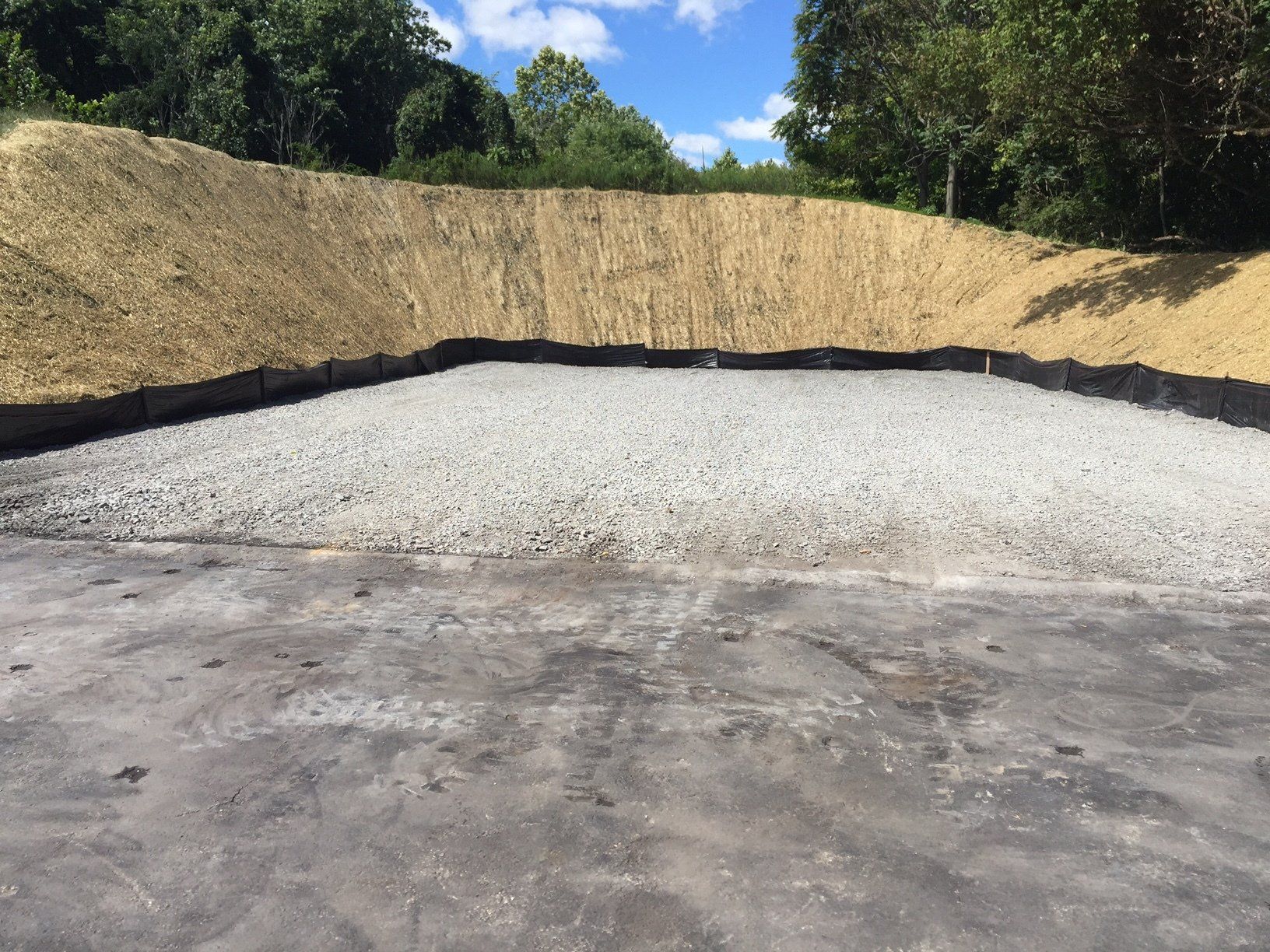 A large flat yard with a relaxing outdoor living space and full of fresh blooms is something that many homeowners dream of, not a landscape that is full of hills and puddling water. If your landscape and yard are not what you pictured and you are struggling with water damage, luckily, we can help fix and prevent these issues through a method called yard leveling. South Hills homeowners can take advantage of this technique to get the most out of their yard.
A large flat yard with a relaxing outdoor living space and full of fresh blooms is something that many homeowners dream of, not a landscape that is full of hills and puddling water. If your landscape and yard are not what you pictured and you are struggling with water damage, luckily, we can help fix and prevent these issues through a method called yard leveling. South Hills homeowners can take advantage of this technique to get the most out of their yard.
